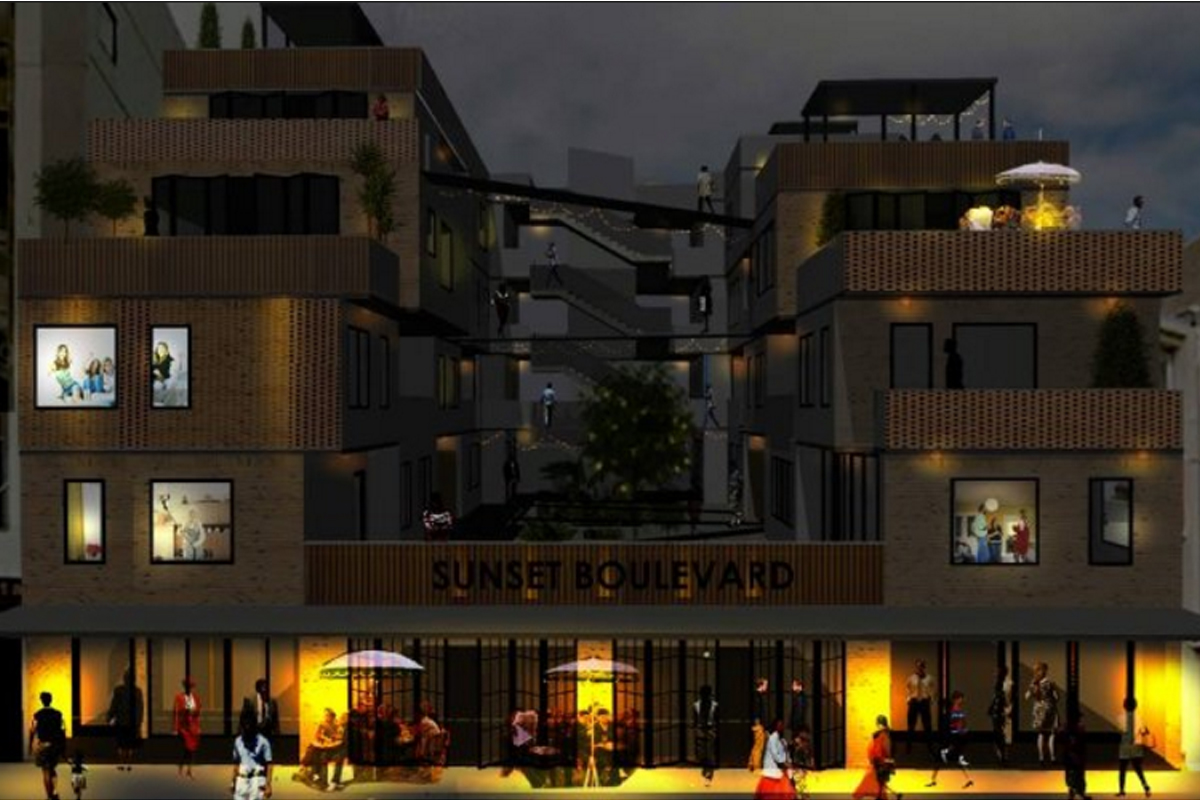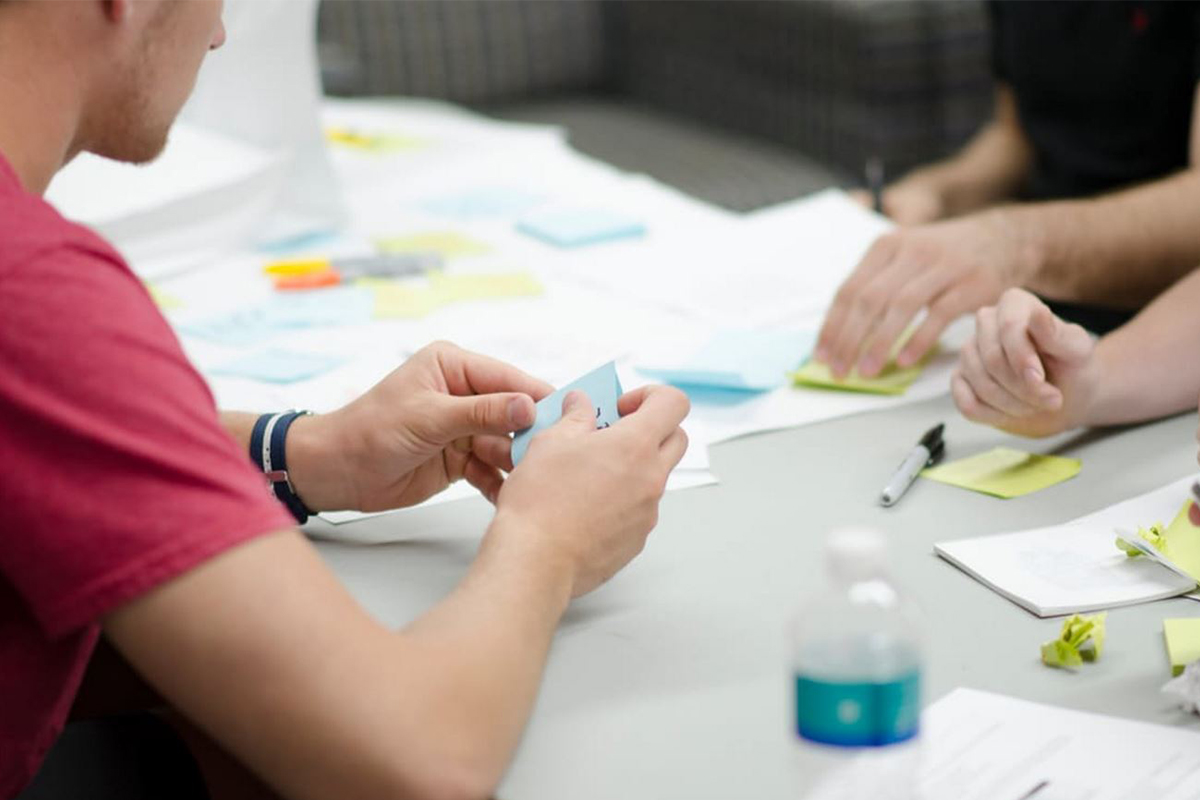Collaboration. It sounds great, but is it so easy to do when it comes to building and designing structures?
Many say yes, but if we’ve learnt anything from the Canterbury rebuild it’s that this isn’t always the case. So much so, that the Institute of Professional Engineers New Zealand, the New Zealand Institute of Architects and the New Zealand Registered Architects Board supported by the Ministry of Business, Innovation and Employment took steps to foster collaboration – releasing a publication April 2015 to change professional thinking: specifically targeting architects and structural engineers.
So why the focus on interdisciplinary collaboration?
The Canterbury Earthquakes had devastating impacts, leading New Zealand to reassess building codes and standards vigorously to future proof structures and avoid similar outcomes.
With the establishment of a Royal Commission to examine the Christchurch central business district it became clear that several issues within our regulatory framework had led to misunderstandings and quality issues which when coupled with confusing documents within the design and construction of complex new buildings – reinforced the need that a higher level of competence for all involved was needed.
If we were to avoid risking the quality of our structures – the recommendation from the Commission was that engineers and architects needed to collaborate better in the early stages of a building project to maximise the contribution that they could both bring to the design process going forward.
Unfortunately for these parties – this simple recommendation challenged the very foundation of learning that many of these professionals had undertaken: where skills were honed in to become an expert in the field, often at the cost of understanding how the role integrated with others.
Understanding the barriers stopping collaboration.
The structural engineer / designer relationship shines the light on the differences in approach, where it seems designers are innately pre-wired to push the very boundaries that Structural Engineers seek to find and define:

How do we get on the same page?
At HERA, we believe steel by its own unique features can greatly influence an architects design – but requires active engagement with engineers at an early stage to strike a balance between a structures safe functionality and aesthetic expectations.
To us collaboration brings much more to a project than simply finishing it – allowing a project team to deliver optimal seismic performance without compromise from configuration irregularities, and a degree of certainty that leads to stakeholder confidence and in the long term avoids costly re-work as the implementation of sound engineering strategies with good design during the preliminary phase of works ensures decisions can be made early and reviewed with more consideration.
There are many tools available to close the gap between engineers and architects, with technology such as Building Information Modelling (BIM) and the development of Design Documentation Guidelines at each design phase, but for HERA – we believe it starts with educating our youth.
Enter: ArchEngBuild Workshop
For the second year, we’ve been proud to sponsor the BRANZ ArchEngBuild Workshop – a three day event with nearly 30 of New Zealand’s best final year students in architecture, engineering and construction management coming together to compete in a design challenge focused on creating teamwork across disciplines in a simulated ‘real life’ situation.
Students are challenged to design a residential development combined with a commercial and community space, with last year’s winners Amber Haddock (construction manager), Emily Pearce (architect) and Kha Pham Nguyen (engineer) winning with their movie inspired project ‘Sunset Boulevard’ – a small boutique cinema, café, bar and gelato shop with private residential living above and communal breakouts and green space throughout.
It’s an opportune time for HERA to provide technical advice on using steel in structures and give insight into the importance of working collaboratively with engineers to achieve structural integrity – giving life to the catch phrase ‘a good design is good engineering.’ We believe this is a core model that will help develop positive relationships so that in the future, collaboration is a natural and instinctual approach.

“Through events such as this, it can be seen that almost two years on from the joint release of the ‘Improving Collaboration Between Architects and Engineers’ publication, we’re well on the way to creating a cultural shift – fostering tools and initiatives focused on helping engineers and designers to work together”.
What can you do?
Help us to continue supporting our youth and drive collaborative environments in the metals industry by donating to our Heavy Engineering Education and Research Foundation(HEERF) Charitable Trust – where a small donation can immediately have an impact on the future of our workforce. Please contact HEERF Secretary & our Director Wolfgang Scholz.
For more information on our involvement with ArchEngBuild, please contact General Manager Structural Systems Dr. Stephen Hicks or Senior Structural Engineer Dr. Jing Cao.

